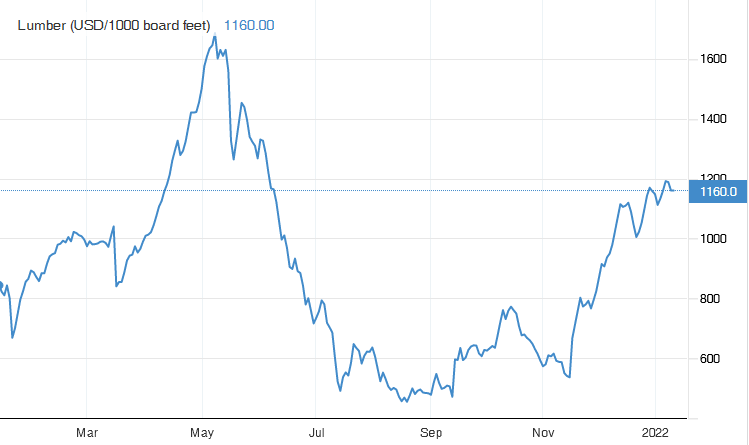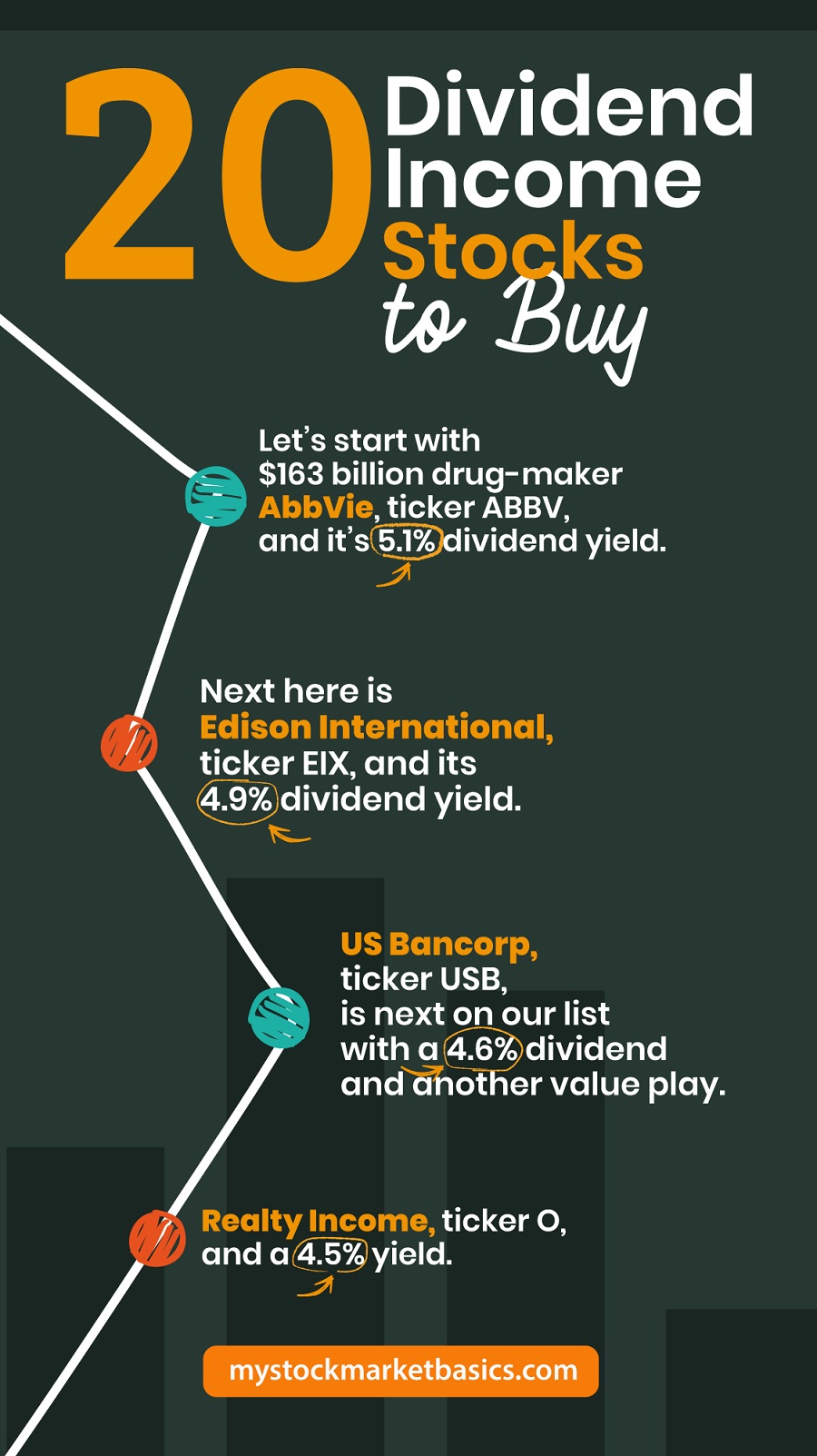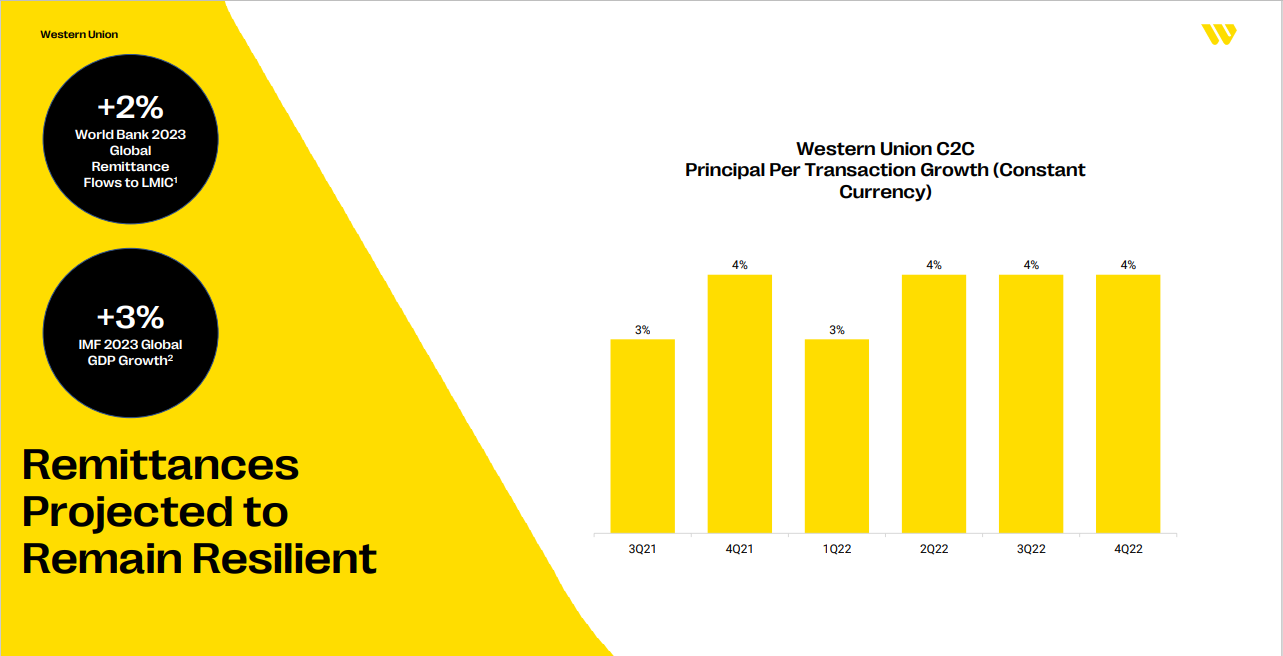
The key to a successful Forex trading strategy involves choosing the right lot size. You can maintain a consistent position, and your capital will remain protected by selecting the right amount. Don't put your money at risk.
You'll need to weigh several factors before making a decision. A broker can help determine the best size account for you. A lot size calculator is also available to determine the correct size.
The optimum size for your account will depend on the currency pair you are trading. 100,000 units is the minimum lot size for EUR/USD pairs. This is equal to 112,000 US Dollars. Depending on which broker you use, you can increase the size your position by increments equal to one or two lots. Consider a smaller position size if your trades involve high-volatility currency pairs.

Mini lot is the smallest lot size to trade currency pairs. It is approximately 10,000 units of the base currency. Close behind at 112 units is the nano lot. Choosing the right lot size for your account will allow you to avoid excessive risk while maximizing profits.
If you're a beginner, micro lots are the way to go. These micro lots are perfect for beginners who wish to gradually increase their forex trading. A nano lot might be a good option for professional traders.
Knowing what you're doing is the best way to determine the correct lot size. You can use a lot size calculator to calculate the size of your trades and determine if you are optimizing your chances of success. A lot size calculator can help you recover from losses. Your calculator can be used to determine how much your account is likely to suffer if you lose trades. You can also use it to determine the best way to increase your account balance.
A key element of a successful forex trading strategy is choosing the right lot size. The right size will enable you maintain a consistent position and protect your capital. Your broker can help determine the size that is best for your account. To determine the right size, you can use the best lot size calculator. You don't wish to take on more risk than you are able to afford. You don't want trades that have a small profit target but a large amount of lots.

There are many calculators available, but it doesn't take long to find the one that is right for you. There are several forex brokers that offer position size calculators, such as BabyPips and Investing. Websites like Investing also offer free calculators for position sizes. The best calculator for your trades will be the one that suits you and your trading style.
FAQ
How are securities traded
The stock market allows investors to buy shares of companies and receive money. In order to raise capital, companies will issue shares. Investors then purchase them. These shares are then sold to investors to make a profit on the company's assets.
Supply and Demand determine the price at which stocks trade in open market. The price of stocks goes up if there are less buyers than sellers. Conversely, if there are more sellers than buyers, prices will fall.
There are two methods to trade stocks.
-
Directly from the company
-
Through a broker
How Share Prices Are Set?
Investors decide the share price. They are looking to return their investment. They want to make a profit from the company. They buy shares at a fixed price. If the share price goes up, then the investor makes more profit. Investors lose money if the share price drops.
The main aim of an investor is to make as much money as possible. They invest in companies to achieve this goal. This allows them to make a lot of money.
Why is a stock called security.
Security is an investment instrument, whose value is dependent upon another company. It can be issued as a share, bond, or other investment instrument. The issuer promises to pay dividends to shareholders, repay debt obligations to creditors, or return capital to investors if the underlying asset declines in value.
What is a Reit?
An REIT (real estate investment trust) is an entity that has income-producing properties, such as apartments, shopping centers, office building, hotels, and industrial parks. They are publicly traded companies which pay dividends to shareholders rather than corporate taxes.
They are similar in nature to corporations except that they do not own any goods but property.
Statistics
- For instance, an individual or entity that owns 100,000 shares of a company with one million outstanding shares would have a 10% ownership stake. (investopedia.com)
- Even if you find talent for trading stocks, allocating more than 10% of your portfolio to an individual stock can expose your savings to too much volatility. (nerdwallet.com)
- Our focus on Main Street investors reflects the fact that American households own $38 trillion worth of equities, more than 59 percent of the U.S. equity market either directly or indirectly through mutual funds, retirement accounts, and other investments. (sec.gov)
- Ratchet down that 10% if you don't yet have a healthy emergency fund and 10% to 15% of your income funneled into a retirement savings account. (nerdwallet.com)
External Links
How To
How to make a trading plan
A trading plan helps you manage your money effectively. It will help you determine how much money is available and your goals.
Before setting up a trading plan, you should consider what you want to achieve. You may want to save money or earn interest. Or, you might just wish to spend less. You may decide to invest in stocks or bonds if you're trying to save money. You could save some interest or purchase a home if you are earning it. If you are looking to spend less, you might be tempted to take a vacation or purchase something for yourself.
Once you have a clear idea of what you want with your money, it's time to determine how much you need to start. This depends on where you live and whether you have any debts or loans. Consider how much income you have each month or week. Your income is the net amount of money you make after paying taxes.
Next, you will need to have enough money saved to pay for your expenses. These expenses include rent, food, travel, bills and any other costs you may have to pay. Your monthly spending includes all these items.
Finally, you'll need to figure out how much you have left over at the end of the month. This is your net discretionary income.
This information will help you make smarter decisions about how you spend your money.
Download one from the internet and you can get started with a simple trading plan. Or ask someone who knows about investing to show you how to build one.
Here's an example spreadsheet that you can open with Microsoft Excel.
This is a summary of all your income so far. Notice that it includes your current bank balance and investment portfolio.
And here's a second example. This was created by a financial advisor.
It will help you calculate how much risk you can afford.
Remember, you can't predict the future. Instead, think about how you can make your money work for you today.